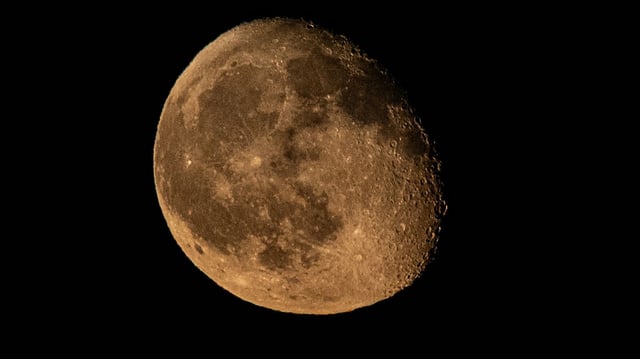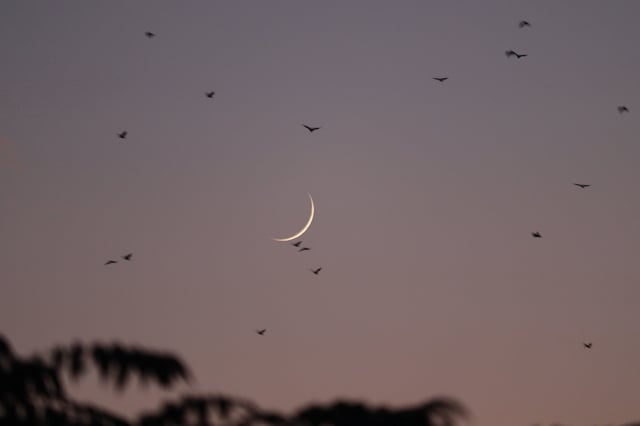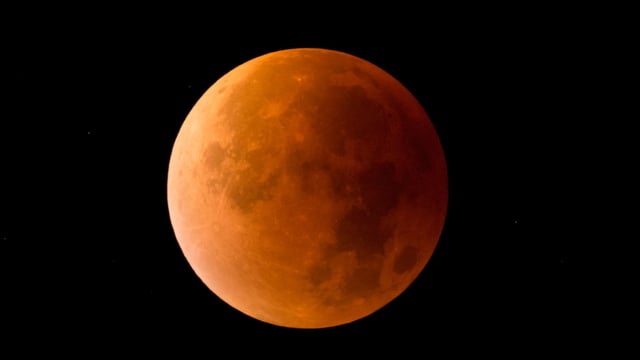Overview
- The new moon occurred at about 2:06 a.m. ET on Saturday, August 23, 2025, according to EarthSky and the U.S. Naval Observatory, rendering the Moon invisible by definition.
- This instance fits the seasonal usage in which the June–September period contains four new moons and the third is labeled a black moon.
- Astronomers emphasize that the label is folkloric rather than official, with varying definitions that also include the second new moon in a calendar month.
- With no lunar glare, observers have improved conditions for the Perseid meteor shower’s final nights and for faint targets such as the Milky Way and the Dumbbell Nebula.
- The lunation starts an eclipse window featuring a total lunar eclipse on September 7 and a partial solar eclipse on September 22, with the next monthly black moon expected on August 31, 2027, and the next seasonal one on August 20, 2028.



